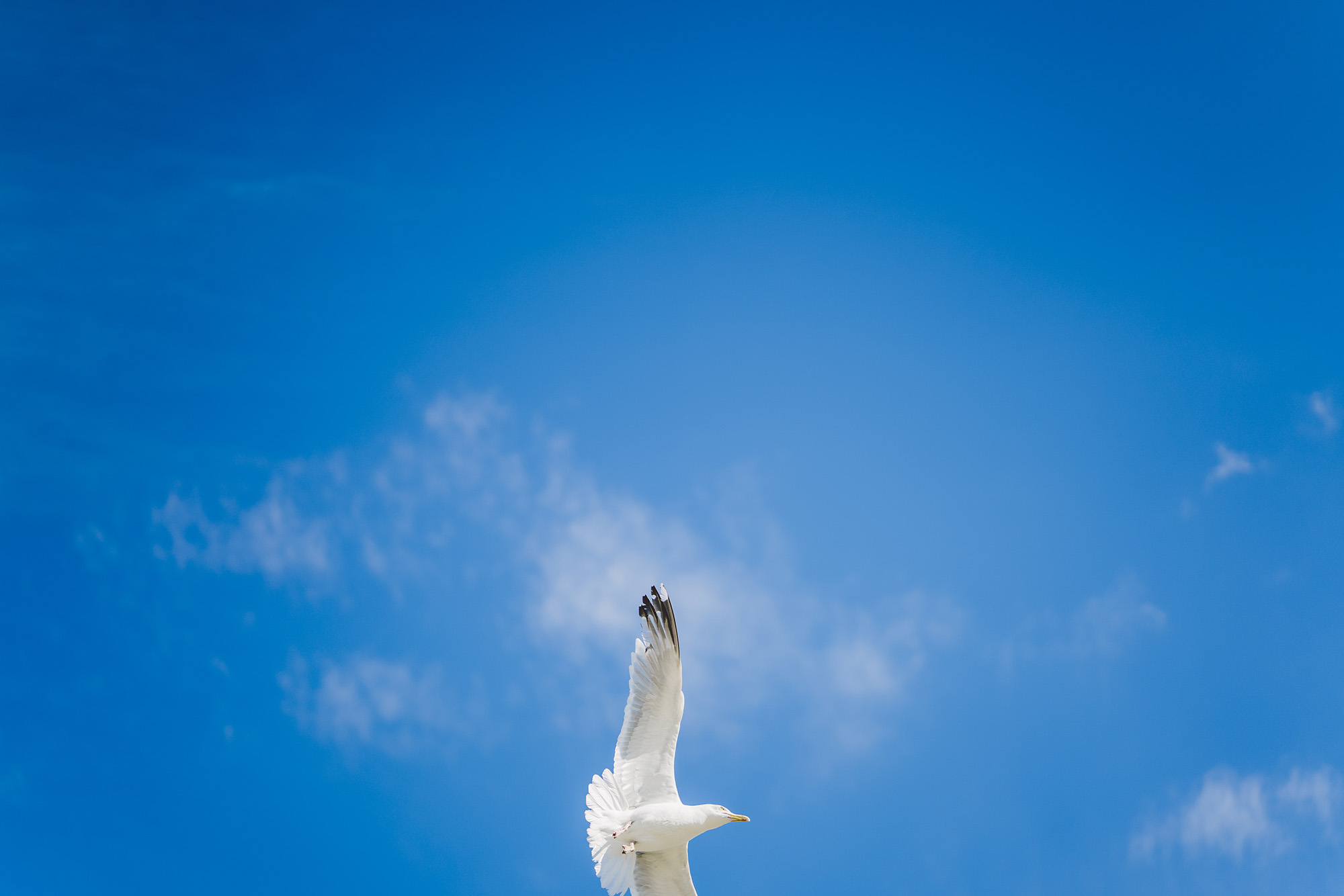
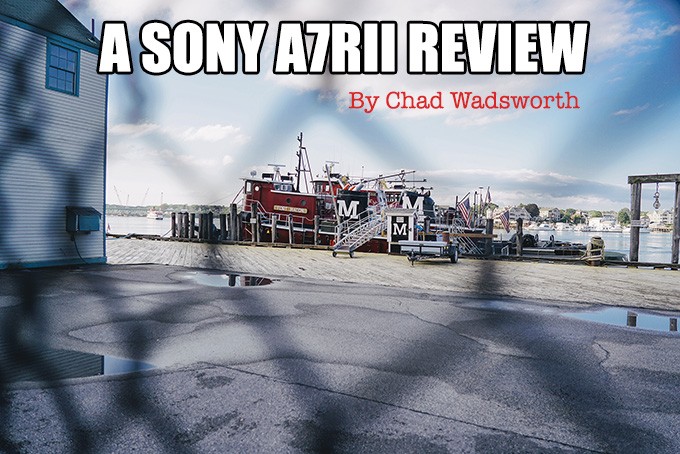
A Sony A7RII Review
by Chad Wadsworth – His website is HERE
Blasphemy be damned, I’m going to admit that I wasn’t all that excited about the Sony a7R II prior to its release.
I’m a simple stills guy so the 4k video is wasted on me; I also like my fat pixel 12mp a7S files just fine, thank you and I dreaded having to deal with both the processing and storage requirements of a 42mp image. Furthermore, I already enjoy the refreshed body style and IBIS on the a7 II and I’m not a switcher – been shooting Sony for a few years now and sold all my Canon L lenses long ago.
My prior detachment aside, the release of this camera is a watershed moment in the mirrorless epoch. The a7R II spec sheet reads like something out of the future, a no compromise piece of kit that is both evolutionary and revolutionary at the same time. Who wouldn’t be interested in this camera? As professionals or even enthusiasts, we desire the best and this camera promises to be that at a great many things. Even if it falls short in a single category like low light (little brother a7S still reigns supreme), its second best still trumps most everything else on the market.
So yeah, I want the best and I want it compact and rugged and efficient and with a great compliment of lenses. I know it will eventually be eclipsed by something newer and greater but at this point in time, I can with a good conscience state that it is the best digital camera I have ever owned.
I’m not going to do a detailed review, many others are far better at that, but I can share some thoughts and photos that I hope will be helpful. All images have been edited from RAW to my personal taste.
In the pro column, the camera is mature. Sony has had time since the release of the a7 (their first full frame mirrorless system camera) to evolve and improve on many aspects of the platform. The menu system is by now second nature to me but more importantly, with the release of the a7R II, Sony has vastly expanded the level of button configuration. Virtually every physical control on the camera has some level of customization. This means that for all but the most arcane settings, there are direct physical controls. We’ve all seen the comments labeling Sony products as computers or gadgets, compared to other brands’ “real cameras”. The truth is that all modern digital cameras, yes I’m looking at you too Leica, are electronic, computer controlled devices. With the a7R II, I can hide that electronic menu interface for 99% of the photography I do while still harnessing secondary features like IBIS, focus magnification or display options with physical buttons. The closest example of this type of physical control from the golden age of the 35mm film world was the Minolta Maxxum 7 (also known as the a-7!) which was laden with physical controls for every imaginable setting. For the uninitiated, Sony purchased Minolta’s camera and lens line in 2006 – check out this report from way back then – Farewell Konica Minolta.
The a7R II is the second camera in the line to be blessed with IBIS or SteadyShot, also a Minolta invention. Once you’ve used IBIS there’s simply no going back. Hand holding a 135mm lens at 1/5th is doable with IBIS and good technique – amazing. For some of the photos here, I used the lovely Batis 85mm which has its own optical image stabilization that works in tandem with IBIS for even greater control. The jittery view of a long lens simply melts away to calm when IBIS kicks in. Sony saves battery life by engaging the IBIS function only when the shutter is half-depressed so you can see the effect in realtime, before and after you engage focus.
The original a7R suffered a heavy shutter action that was quite loud. Having never owned that model, I can’t comment but I will say that the a7R II has one of the sweetest sounding shutters I have heard. It sounds something like this: shhtiiiickkk. Really, take my word, it is wonderful – quiet and refined. Some people have even confused the normal shutter sound with the silent shutter feature which is incorrect as the silent shutter is just that: silent. And on the topic of the Silent Shutter setting, yes there are some compromises such as a restriction to single shot mode but come on, the use cases for silent high speed shooting have got to be minuscule.
Another aspect of the camera that impresses me is the new EVF magnification. At .78 it is the largest magnification of any modern camera, DSLR or mirrorless (the Nikon D810 comes in at .70) which results in a large comfortable view of the scene with excellent eye relief. This feature did have me excited and I’ll have a hard time looking through a view with lesser magnification now.
The autofocus speed seems on par with the a7 II but tracking looks to be improved thanks to the 399 on-sensor phase detect points. I’ll need to do more shooting to be sure and I also want to do some concerts in low light, but for now I’m very pleased. Using the gorgeous new Zeiss Batis lenses for these first shots in Ogunquit, Maine resulted in quick, sure focus on the 25mm, with the 85mm a bit slower (common for longer focal lengths moving more lens mass) but still speedy. I’m finding that the Batis 25mm truly shines on the a7R II – sharp, sharp, sharp right to the corners with manageable distortion and excellent color. The ability to dial in hyperfocal setting in 2 seconds using the OLED is a nice feature that I used often on some of these tourist landscape shots. If you are looking for a top quality standard wide for the a7 platform, this is your lens. Overall, I’m very pleased with this combination and look forward to more options in the Batis lineup.
One of the big features of the new camera is its claimed compatibility (with an adapter) to Canon EF lenses. The previous a7 models also had this compatibility but the AF speed left much to be desired. With the a7R II, Sony is taking a broad shot across Canon’s bow, claiming much improvement, approaching native AF speed using EF lenses. Since I don’t have any Canon lenses I can’t comment with any authority but there seems to be a consensus in early reviews that the performance claims are accurate. Since the a7R II will be the first Sony camera for many Canon switchers I can only implore them to enjoy the compatibility with their existing lenses but do not ignore some of the class leading native FE lenses that are now available.
Back to the a7R II – what about all of those pixels? The good news is that I’m seeing nothing but sharpness, no shutter shock or blurred details – and my MacBook Pro seems to be chugging along just fine so far. I get a longer delay when rendering a 100% view but for standard editing I haven’t noticed any speed bumps. The level of clarity and detail from the combination of this 42mp sensor and the Batis lenses has been simply astounding and will eclipse the performance of many Medium Format systems. Dynamic range has also been top notch and I expect it to be measured in the 14+ stop range at base ISO.
Shadow boosting and highlight recovery is child’s play with these Sony sensors and the a7R II doesn’t look to be compromising dynamic range or low light performance for high resolution. Check out the before and after sample below illustrating shadow boost at base ISO.
No camera is perfect and I expect there to be a few niggles here and there but as I mentioned earlier, the a7R II is remarkably mature. As a photographer with some manual focus rangefinder lenses I do find that the new larger EVF has an unfortunate downside that lessens the shimmering effect of the older displays. This effect was from edge artifacts and could help the photographer determine when they had manual focused accurately without relying on focus peaking. The extra EVF magnification eliminates those edge artifacts making it more challenging to determine manual focus accuracy without entering one of the focus magnification modes. Now to be clear, Sony never advertised or even hinted of this EVF shimmering effect as a tool for focus, this is simply a trick that I and others have used for our benefit so we can’t berate Sony for eliminating what some may have thought was an annoyance.
Aside from my gripe about manual focusing with the new EVF, I’ve discovered no significant faults that impact operation or lessen my enjoyment of the camera. My initial impression is that Sony has set a new high bar with the a7R II – a camera that will suit many, but of course not all styles of photography. For those that specialize in landscape, architecture, wedding or portraits, as well as the run and gun videographer, this could well be the one and only camera that you need in your bag. And let’s not forget, that bag is going to be a lot lighter.



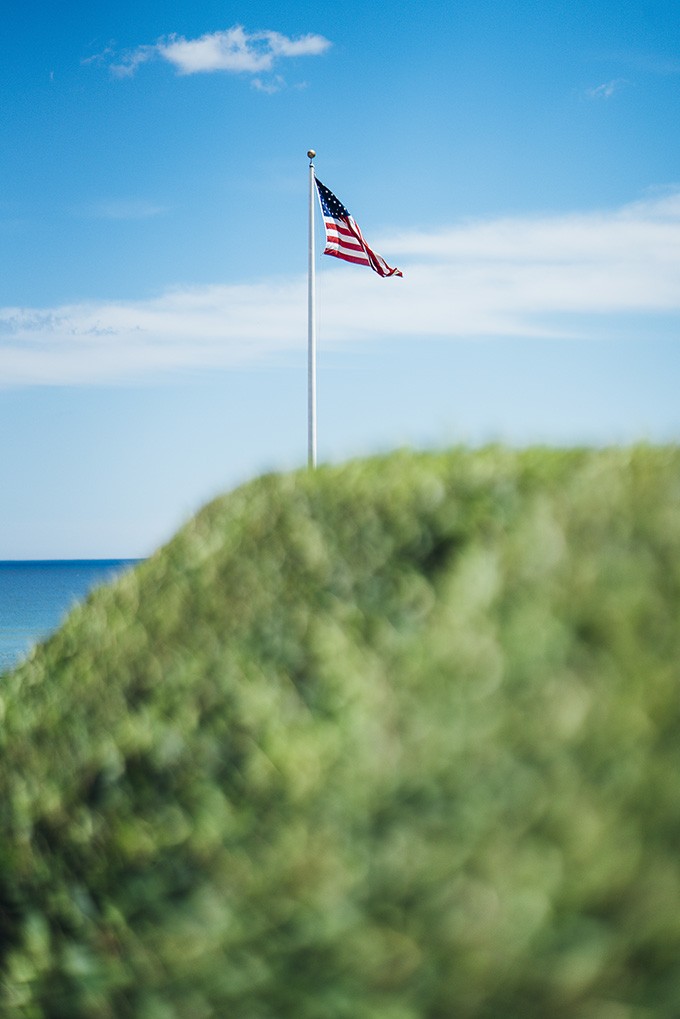
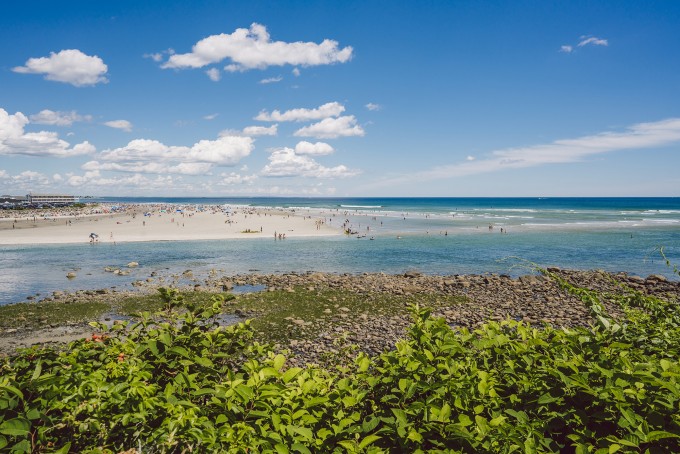
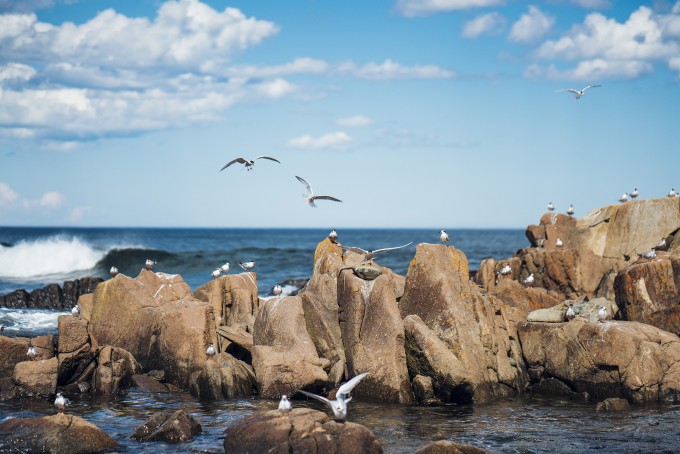
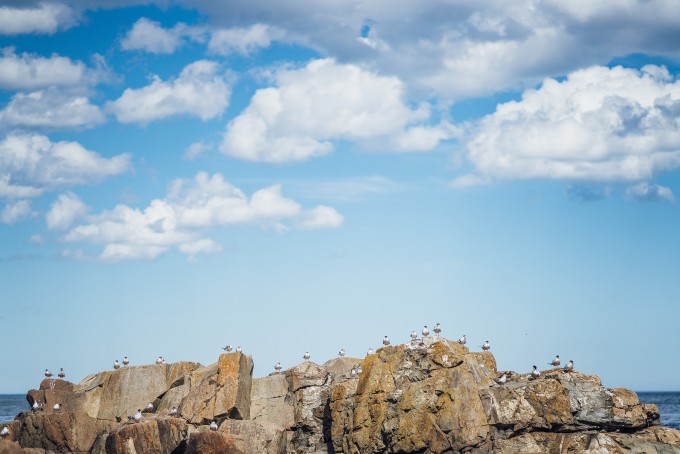
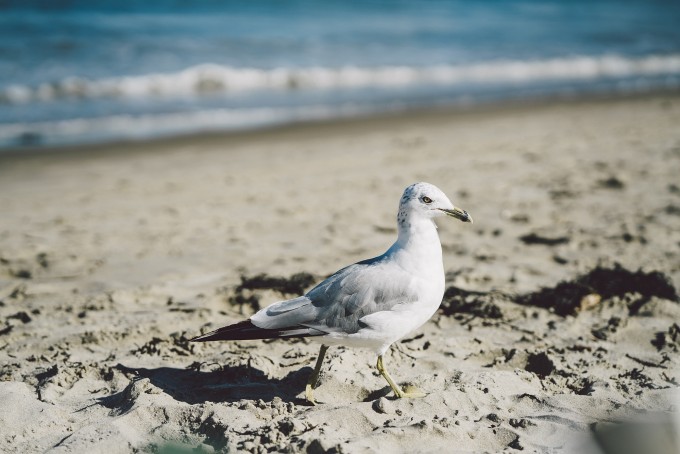
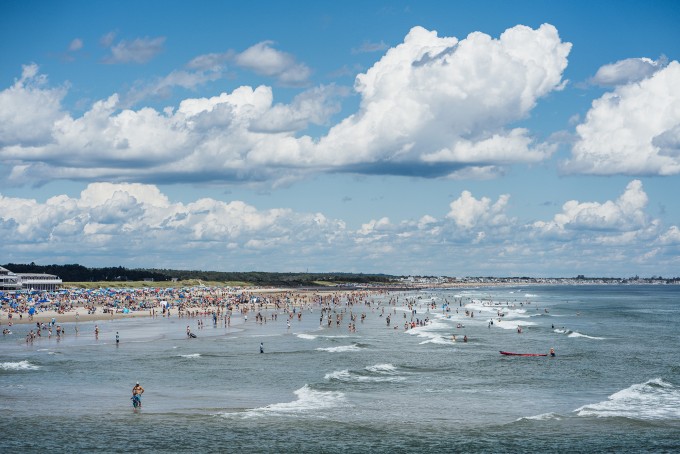

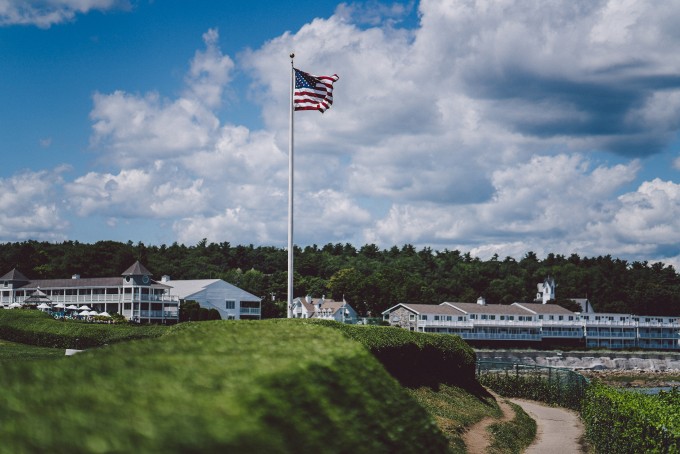
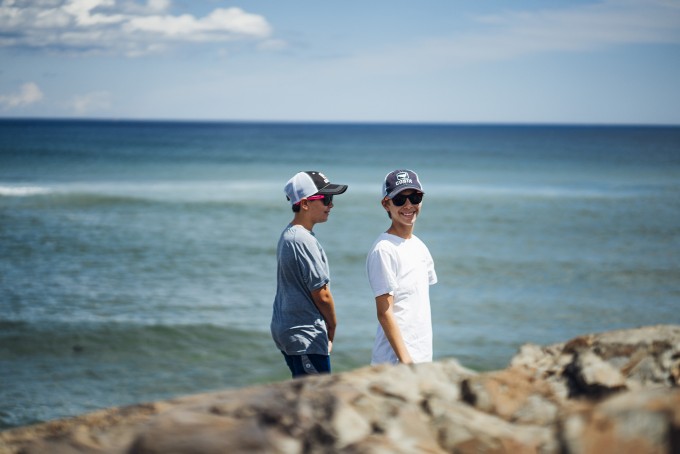
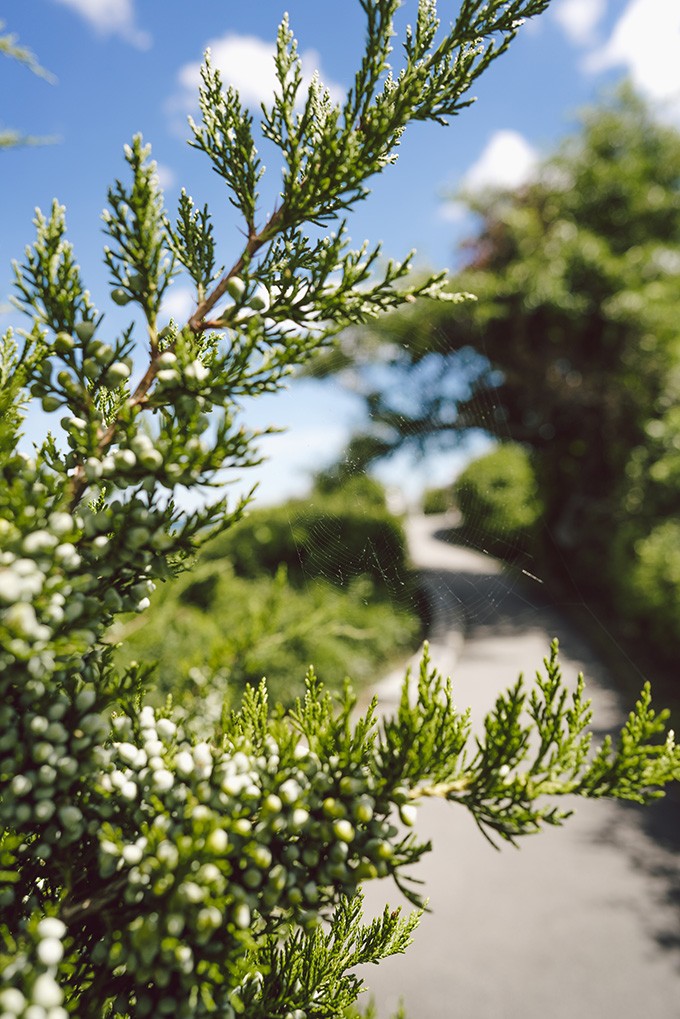

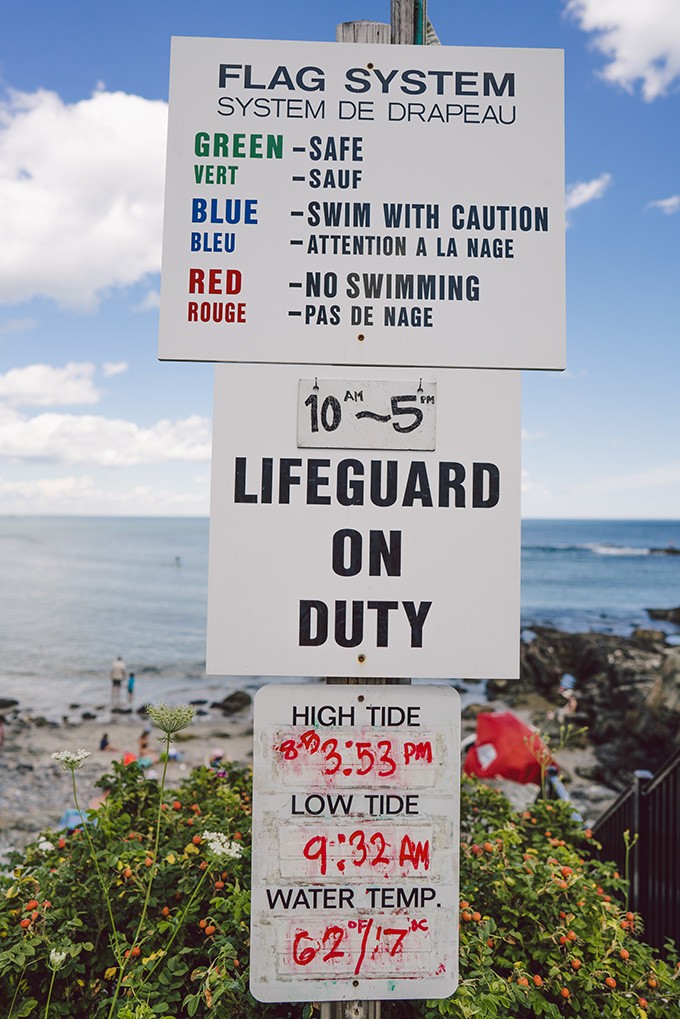
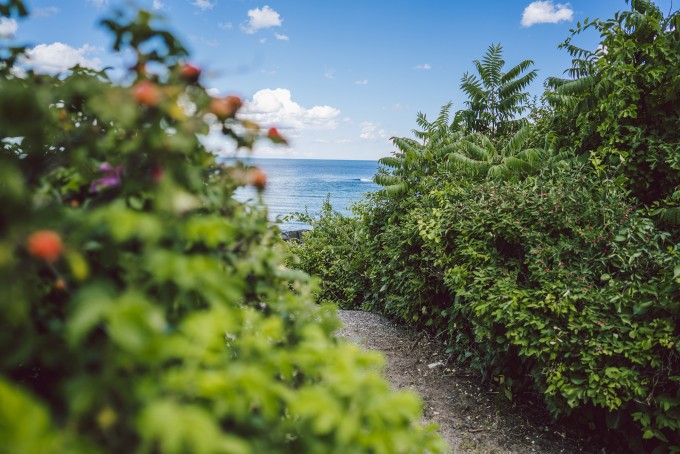
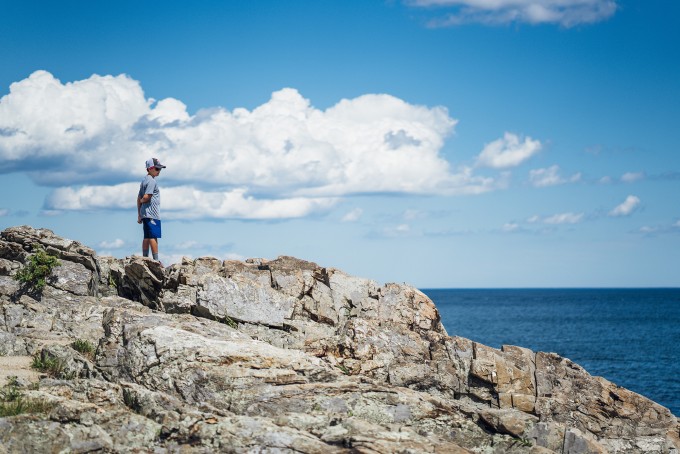
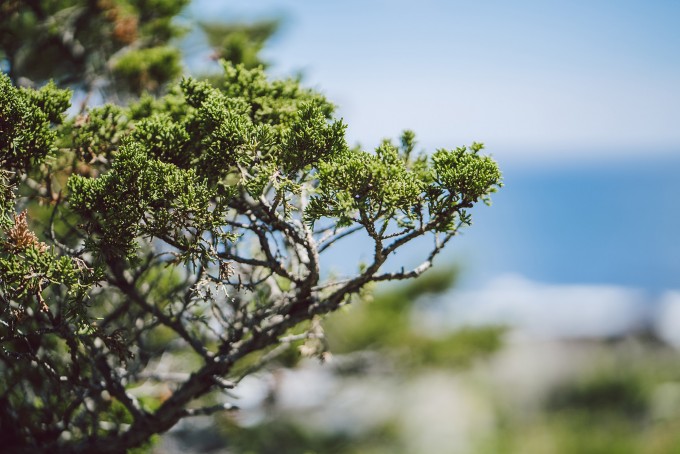
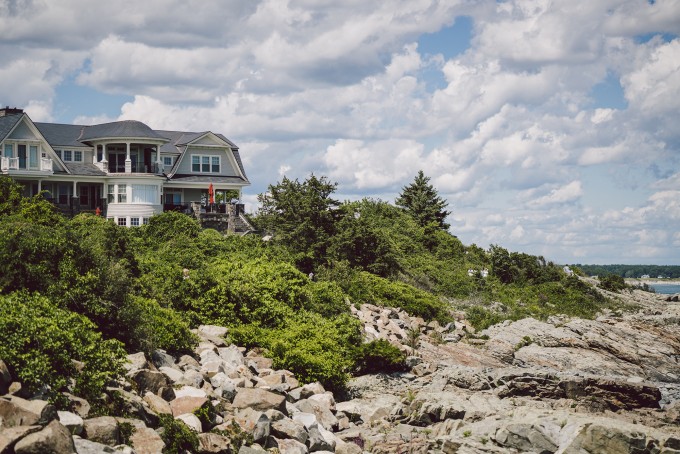
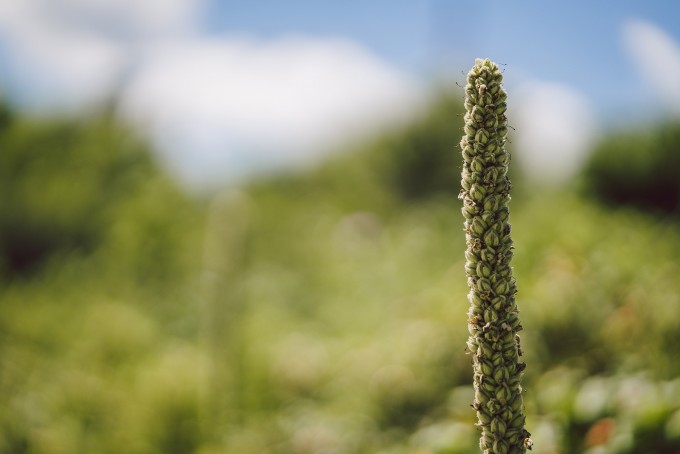
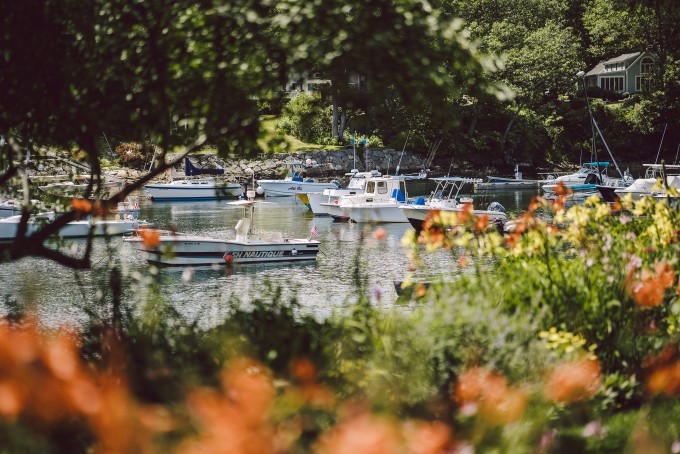

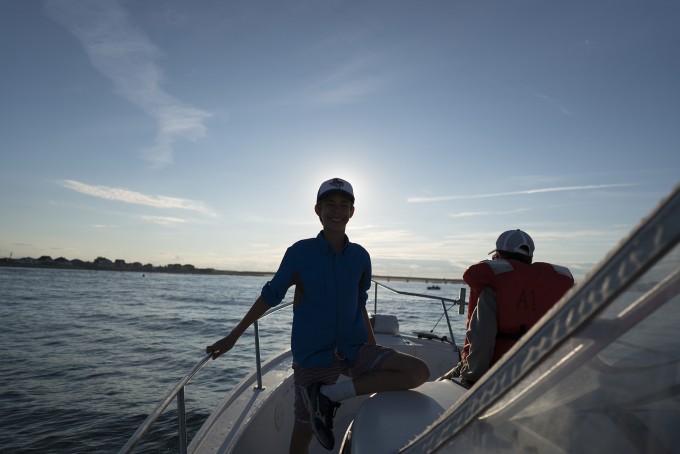
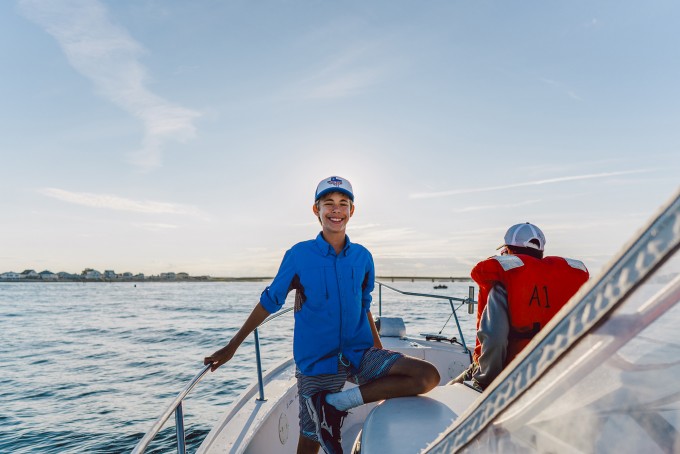
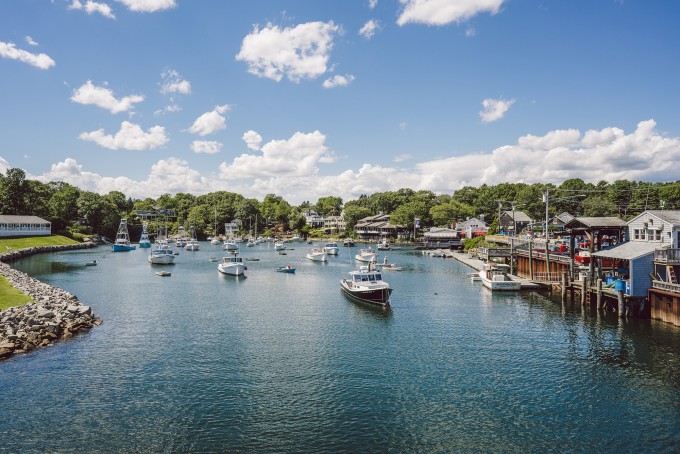
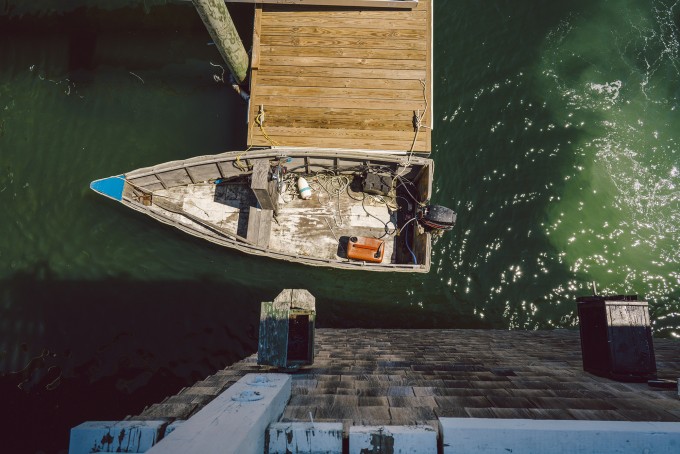
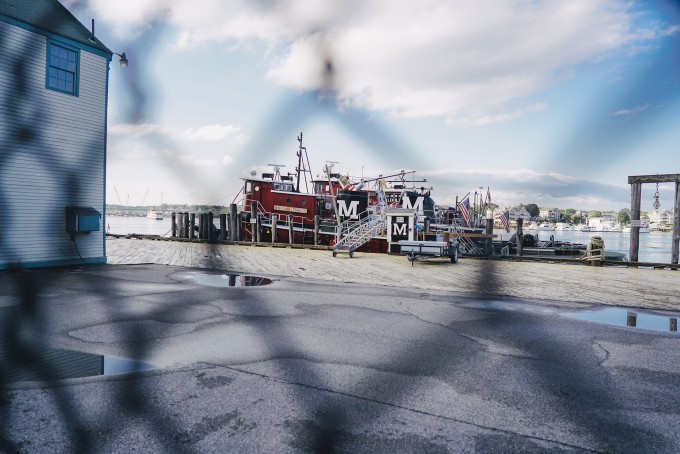

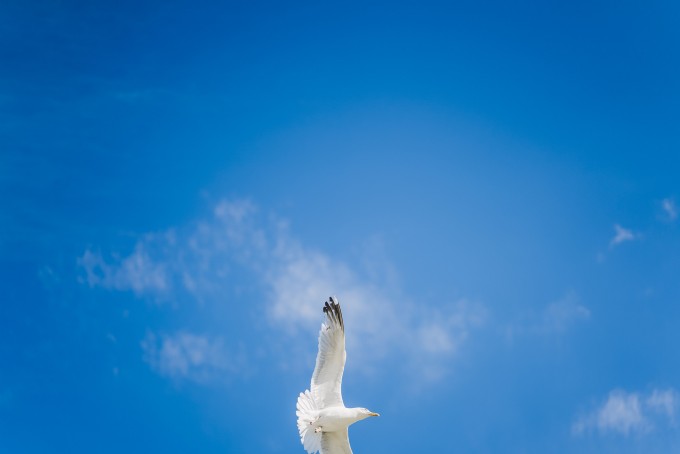



Many of the photos have horrendous sky colours. Quite painful to look at.
So gentleman I have a question.. I just acquired a Nikon D3S with only 5k actuation so on it.. Wow what a big camera.. In your opinion how would the Sony stack up to the D3S in action shots and stills? I am a charter captain in the keys and try capturing a lot of the fish jumping and of course the standard grab and grins.. Thoughts?
Batis 85mm
Chad, what lens did you use in the flag picture?
Any posterized images? Lloyd C – one of the most respected out there – posted his concern recently. His example looked pretty bad…
Link?
I do not think I am allowed to post the link… – just google 🙂 Please note Lloyd also posted very very good images….
Tor,
I’ve used every a7 body made and all of them for professional paid work. I have never seen posterization effects, neither have my clients. Do they exist under outlier scenarios that push the boundary of accepted technique? Maybe, I just haven’t seen it.
True story: I have a good friend to who I recently sold my a7 II. He sent me a sample file a few weeks later with horrible posterization in the clouds. Very ugly. The thing is though, it wasn’t from his Sony, it was from his D810. We figured out that the posterization was caused from his edits – he was really pushing the file hard in LR with VSCO. When we zeroed out all the edits, the image looked perfect.
The point here is that you can push any file too hard and my experience is that the harder you push a file, the less likely you are to achieve a good result.
How very true! If images are blown up to 400% and pushed to the max. overexposure, every camera’s images are going to fall apart. Use reasonable technique and all the A7 line of cameras perform very well…
I would like to know, which photo was taken with wich lens.
Hi Marc. Just click on my website link above and view the photos there. Each photo has some metadata displayed
Finally – some truly beautiful shots with this camera! Thank you for posting. I have been waiting to see some really exquisite color and focus from this camera, but many of the shots so far have been sort of “meh” to me. Your shots are lovely, detailed, great color, and really show off the camera/lens combination so well. Glad you posted these for us to see.
Thanks Bonny
Chad and Steve. Please rell me. FE 55 sonnar or Batis 85. Which is a better choice?
They are both stellar. Just pick your preferred fov.
Question – do people still use UV filters to protect the front of the lens? I’m making the jump to the A7R2 as I hope to get into landscape photography. When I had film cameras back in the day, I used them, but in my digital life so far I haven’t. I will use ND filters when needed, but just wondering if people still use them for everyday use? When I see people take pictures of their gear, I rarely see them any more.
Thanks
I always use a UV filter to protect the lens. I don’t use lens caps (too slow), seldom use lens hoods (too big and too intimidating) and normally work only with a wrist strap. I often put an A7ii with the 35 f2.8 in a coat pocket or backpack and I don’t want to worry about damaging the lens. When using a shoulder bag, I want instant access and do not want to fiddle with lens caps or hoods. Yes to UV filters.
Yes to UV filters, but never a cheap one. I’m not putting a cheap UV on a $1600 35mm 1.4. I use zeiss UV filters. Why spend the money on a lens and then kill its performance with cheap filters? Also, accidents happen. I found out with only one unintentional experiment years ago, that once a lens front element is scratched, it can’t be unscratched! UV all the way.
Don’t use them. Always a lens hood though, even if put on in storage mode to provide some protection from bumping. I use cheap 49mm metal bayonet style hoods on all the smaller Sony FE lenses and they work great without adding bulk.
Same here. I’ve never found a UV filter that didn’t cause some sort of flare/reflection…
bwa
Thanks for the review and the effort but from what I can see here threw allot of shallow DOF shots I can’t tell except for the shot looking down at the boat ant difference between my a7r and this camera I would also like to wait until I see Leica glass on it especially the noctilux .Hey Steve you still have the noct?
Hey Slomo, most of the Batis 85mm shots were wide open while the 25mm were stopped down considerably so there is a nice mix of both styles for your enjoyment. If you visit my website and view the post there you can see the exposure data. At these web resolutions I don’t know that you would see a huge difference between the shots with the a7R II and your a7R but there is a HUGE difference in how the new camera handles and of course the addition of the EFC shutter and IBIS to keep those extra pixels sharp.
Thanks for the reply I’ll take a look
This camera show clearly the ability of the new Sony as the photographer. Really appreciate the review.
Many congrats for this user review, Chad. Indeed, your approach to look at it from a different side then the “classic professional journalist” adds to the information already published. Great that Steve published it here.
BTW I agree on the “shimmering” effect in MF mode – it was a breeze to manual focus with the A7r. But I thank Sony for repositioning the C3 button on the A7RII. It falls natural under the thumb in this way. When assigning the VF magnification to it, one can go in and out magnification in a breeze and only when wanted, which again makes very delicate focusing a piece of cake. This makes up for it IMO. And, with the MPs still growing, focusing becomes yet more delicate. I guess the shimmering would fall short at a given point. Making choices always involves loosing something else. But the question is if we overall gain. And IMO (and I guess also yours), there’s no doubt about that. We gain massively.
BTW, very beautiful shots here and great website. I just signed in.
Thanks Dirk
The one (and only) thing I’m not a fan of here is how the bokeh renders in the foreground (mostly) from the Batis. Looks very harsh to me.
Re using M lenses have read due to their certain coating on the lens they won’t give you the best of the 42MP…?!
Hey Andy. I agree that the Batis 85 is not a cream machine on foreground bokeh but as all bokeh is subjective I guess it just comes down to personal taste. I like this particular rendering but not for all subjects.
No comment on the M lens coatings…
Very helpful review. You mention a good camera for wedding and portraits. These situations often require flash. What has been your experience with on-camera flash for Sony, especially ETTL which I find essential for fast-moving events?
My flash experience with the a7 bodies is all off camera using both professional heads and older Nikon SB flashes in manual mode. I haven’t tried out the Sony branded flashes as ETTL isn’t important to me but I am looking forward to trying out the new Nissin Di700A solution with TTL.
Stay away from the Sony Flashes, they overheat. No good for weddings or other events.
How about ISO performance in cropped mode? How close is that to the A7s?
http://www.dpreview.com/articles/4329110043/alpha-dog-hands-on-with-sony-a7r-ii?slide=7
I love how good the landscape shots look. The resolution, DR and tonality is amazing. Though the 11+7 delta compression is too much hassle to fix for me. Imagine when you shoot wedding and the brides favorite photo has 11+7 artifact. I’m afraid the artifact will show up on very wide DR photos like 30EV CGI environment lighting maps where you need the sun to be million times brighter than deepest shadow.
Never seen an artifact in a print up to 20X40 with my A7s, A7II or A7RII, so unlikely.
Heheh Mel, good one: “30EV CGI environment lighting maps where you need the sun to be a million times brighter than the deepest shadow”
One could utilitize the 1/32000 shutter at iso 100 with 10 stop ND and from there to 1 sec shutter at iso 6400.
Chad; how does it compare to your rx1 in terms of iq, handling and …joy?
Good question Tor. Different styles of camera of course but at the same time they are both essentially AF cameras at heart and the a7R II simply destroys my poor RX1 when it comes to AF tech.
But the joy I get from the RX1 is due to its size, the lens and that wonderful sensor. None of that has changed.
If Sony can duplicate all the positives of the RX1 that we love and add the modern AF system, then an RX2 would be a very special camera.
Nice write up, since you used the “shimmering” effect to MF, I wonder, with the A7RII having a higher magnification, is it still not enough to visibly see if the image is in focus or not? Also I wonder if focus peaking has somewhat improve or not with the A7RII
Hey Omar, yes I can still see clearly enough without having to zoom but it is more challenging than it was on the earlier models.
Nice write up. Good to hear the perspective from someone already committed to the a7 series enjoying the new version. Enjoy your new camera.
Ogunquit Maine never looked better!!!!!
I’m a fan
“Shadow boosting and highlight recovery is child’s play with these Sony sensors and the a7R II doesn’t look to be compromising dynamic range or low light performance for high resolution.”
I’ve found this gloriously true with the A7S, A7R and A7 II. Glad to see the A7R II carries on the tradition! It is really nice to be able to recover dark areas with satisfactory dynamic (color) range…
RX-100 IV also has great recovery of shadows.
Sony sensor… What else can you say!?
Wonderful pictures Chad. You bring the sea shore and beach community to life in a serene, summery way.
Your images do have a medium format clarity. What is the file size (mega pixel size) of these photos on this blog?
Thank you. Not sure what Steve has them posted at here. They are 4,000px on the long side on my website. Not even close to full rez but I need to watch my bandwidth.
1900 here, my max is 1900 (when clicked on of course). I use insane amounts of bandwidth and pay dearly for it and for the servers to handle it.
That is why we love you Steve! And use your links for all purchases.
Love, love, love the Batis lenses. Great shots. But 62 deg water? Brrr! Its about 88 in Tampa Bay right now.
It was 58 the next day. Brrrrrrr.
Probably fewer sharks.
I love the photos, but have to ask. I’ve got an a7 II and love it. How much extra does the a7R II give you over the a7 II? Would you upgrade or wait for the next round of cameras in 1.5 years?
I am still very happy with the A72 (and the A7S). However, the A7R2 images have a wow factor that surprised me and I really like the color – both greens in nature and skin tones. Colors seem very deep and rich without being over saturated. I’ve shot mostly RAW with the better FE lenses. If money is tight, be happy with the A72 as an excellent camera. If you can afford it, go for the A7R2 as you will see quite a difference and it is easy to shoot hand held.
Tough call and it depends on whether you need the extra pixels or the improved focusing speed with adapted Canon lenses. I’m enjoying the lack of an optical low pass filter (something I didn’t reference) and the larger EVF. I also think I will use the extra pixels when shooting sports and need some additional reach.
1.5 years; its Sony, in 6 months there will be an new version! 🙂
That should be in 1 years time, Brian. 🙂 I bought my A7r on June 27, 2014. And I suspect this one could stay a little longer, since Sony added so many improvements. But I think we can see some software updates earlier.
The A7R was released about two years ago, not one. The cycle for the A7, A7r and A7s is two years.
Initially, it felt like two years for me too, Steve. But I thought “let’s make no mistake” and let’s check my invoice, since I know I ordered the A7r the very moment of it’s presentation on internet by Sony Australia. The invoice indeed says June, 27, 2014. But that’s where I made my mistake! So thank you so much for correcting me, Steve! I totally forgot that I’d exceptionally asked my dealer to wait with drawing up the invoice, since I wanted to decide later on if it would be invoiced to my company or to me personally (which is a lot more expensive). After more than half a year, I decided on the latter, because I wanted this to be my very personal camera. Now, again, to be sure, I checked the exact day in another way: I clearly remember taking my first shot outside the shop, the very day that I bought the camera, to try it with a canon autofocus lens. Since I posted this picture on my flickr pages, the date was easy to check: November 27, 2013. Well, that’s close enough to call it 2 years, isn’t it… Sorry to everybody that I might have misled (and sorry to Sony), this was my big mistake! So to make it clear: the THE CYCLE FOR THE A7 CAMERA’S IS CLOSE TO TWO YEARS!
BTW, when checking on when Nikon announced its D800 (Feb, 2015) and D810 (June 2014), this is not really a big difference, isn’t it?
mindwarm – dont forget the A7R2 is not the replacement for the A72, its the replacement for the A7R (1st gen). The R stands for Resolution. The A7Mk2 is the best ALL Around camera. But many needed High Res images like wedding or magazine or those who want the medium format look so that is why the A7R and A7R2 now lives. If you can handle not just the cost of the camera but also all the extra larger size SD cards and the larger external hard drives to handle all that data not to mention higher spec PC to be able to edit large 42 MP files, then you can but I think you should keep the A72 for a while as you already have the IBIS. they will most likely make an A7mk3 and An A7S2 for Super High ISO users down the road.
Didn’t have a problem with having both the A7 II and A7R II. The moment the A7R II came through the door, my wife “stole” the A7 II…! We’re still negotiating a fair price 🙂
“..And on the topic of the Silent Shutter setting, yes there are some compromises such as a restriction to single shot mode but come on, the use cases for silent high speed shooting have got to be minuscule..”
Really? I use silent shutter on the A7S ALL the time! ..Musicians and other performers: who wants to be interrupted by “tssc-cliinck!”? People at the next table in the outdoor café, people in the art gallery or photo museum, during a video shoot, anywhere quiet, in a school ..who wants to have “tssc-cliinck!” interrupt their attention? On a tour-the-town sightseeing bus, on a boat trip, in quiet countryside ..who wants that nut (me) with the camera making a nuisance of himself?
No-one has a hint that you’ve pressed the button ..when it’s in silent mode. That’s why mine is ALWAYS in silent mode.
So I don’t upset other people. Or the silence of the landscape.
I think you misunderstood. Chad isn’t saying that the silent shutter setting isn’t useful. On the contrary, he’s saying that it is very useful. He’s merely noting that the lack of a continuous — high speed — silent shutter setting isn’t likely to be a problem. All of the examples you give can be handled with the single shot silent shutter setting.
Ah, thank you. I’d interpreted it as “who needs silent shutter anyway?”
As Zlatko said, I was referring to high-speed silent shooting (multiple frames per sec). I think most of us using silent shutter use it in single frame mode.
No argument from me on the merits of the feature David, I use it often on my a7S as well.
I think the biggest issue with the silent shutter is not losing continuous shooting mode, but that when the silent shutter option is on, I’ve heard that you drop to 12bit. This seems like a huge issue as I would always have the camera on silent, but wouldn’t want all my image quality to be lower.
On DPR they do have some comparisons in their camera test tool Some e-shuuters show a big difference in a push, some don’t. The issue is how much will you have to beat up your files in post?
If the images out of the camera are essentially the final product, you can nicely live with 12 bit; at least I can. Even JPG’s, 8 bit, can be ok for some purposes…
Really nice shots.
Chad, do you have any comments on the performance of wide angle M mount glass?? I’ve read conflicting reports on improved corner performance (smearing and colour casts) but nothing definitive.
Which I could help out but I don’t have any rangefinder wides.
Hello Clint. I tried one M-mount lens, the Zeiss 28/2.8 ZM. I experienced no color casting at all, which is a clear improvement, but the smearing remains present in a rather severe way, which still makes it a no-go IMO.
Thanks for the update Dirk. Smearing can’t be fixed so this makes it a no-go for me too. I’m not unhappy with my M but it would have been nice if the A7Rii could have been an option.
Of course this is only one lens. I don’t wanna generalize. In your case, it could be worthwhile to rent an A7RII and try all your lenses. Or go to a local Sony dealer for that matter.
Gorgeous shots!
I wonder how the IQ compares to my RX1 – tempted to change as I have up hope for an RX2 and I am sick of lugging an RX1 for photos and a Leica 109 for 4k video.
I actually shot my RX1 the day after and before these were taken. Still love the RX1 but the a7R II shots had more impact and perceptual sharpness. I assume the RX1r would have compared a bit better.
Great review !! Amazing photos….steve and your review??? When will it be ready?
Good review.A great review of the Batis lenses also. Still on edge about buying this camera, but the more i read and see the more I think I will.
Some great stuff! I’m considering the camera, specially with the Batis 85mm. Did you have the opportunity to use (and comment on) the eye Focus with this lens wide open? Hits and misses, how much light doe sit need to work well etc.? Thanks.
Awesome question. I just configured Eye AF yesterday and am loving it. For the uninitiated, Eye AF is essentially AF that tracks your subject’s eyes. You need to have the camera in C-AF mode and assign the Eye AF feature to one of your buttons – I used the center dial button. Press and hold that button to AF and the camera will magically focus on your subject’s eyes. I tested it in a dark hallway at f/1.8 3200 ISO 1/125 and it worked well. My subject was backlit slightly and his eyes were shadowed so I am very impressed. In normal light it tracks really fast!
Yes, it is a very cool feature.
Great to know. I was concerned about what people say of the AF of previous A7, and this and other AF improvements are encouraging, considering I don’t even find the RX1’s AF that bad for my usage… But considering I’ll be using longer Focal Lengths I wanted to be sure (along with what I read you said below about general AF of the camera). Thanks!
Great review and impressive shots. I recently got my own A7RII and am totally blown away by it. It runs circles around my Nikon D800 in every respect.
Except from being smaller and lighter, what is better than D800? You said in every respect, that’s why I’m asking. Can you explain?
I’m considering getting the Sony and have a generous handful of Nikon lenses. Which adaptor are you using?
While I don’t own the sony cam I can list a few places where the d800 falls on it’s face:
1. AF performance is no where near as good as the AF system in the second generation A series from sony.
2. The shutter slap from the D800 is quite loud, it sort of reminds of a truck door. It’s not a problem for me but having less shutter noise would be great all the same.
3. The D800 does not do well at higher ISO settings if your stuck with shooting in low light conditions. The A7rII destroys it in this category.
4. If the A7rII delivers on its ability to pull you away from menu diving so you can focus on shooting thats one up on Nikon all together, the menu system in Nikon is atrocious and not customizable.
5. Nikon has not bothered to offer any kind of focus peaking in camera as of yet.
What sony has not delivered on as of yet in my view:
They do not as of yet offer a true lossless raw format, whether you consider this an issue or not is up to you.
I would like to see them eclipse other cameras by offering a color spectrum that is comparable to systems like the Mamiya or Phase One’s 16 bit color.
Sony is not on the list of compatible cameras for most major cutting edge OCF systems such as Profoto, Broncolor, Elinchrom etc.
I should also mention that you get free access to Capture One Pro by owning a Sony camera.
Wow. Great write-up! Additionally, I am NOT ready for summer to end. Beautiful images.